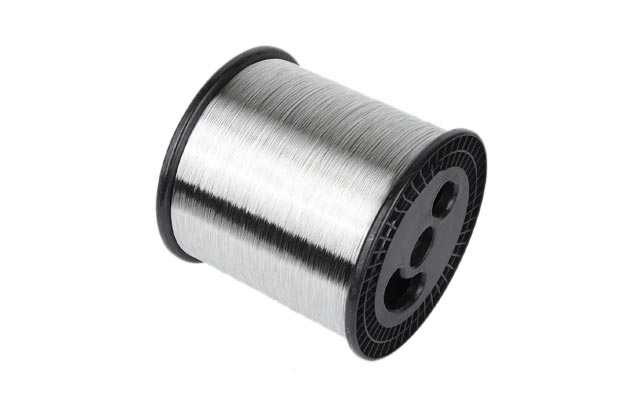Symbol TCCAPurity /Size 0.08-2.50 mmType Composite wireElongation /Tensile /
Tinned Copper-clad Aluminum Wire
Tinned copper-clad aluminum wire is a composite metal wire made of aluminum as the core material, coated with a copper layer on the outer layer, and tin plated on the copper surface. It combines the conductivity of copper with the lightweight characteristics of aluminum, and further enhances its oxidation resistance and corrosion resistance through tin plating. It can be widely used in the fields of power, electronics, automotive, and communication.
Core Advantages
Cost effectiveness: Aluminum core replaces pure copper, reducing raw material costs;
High frequency applicability: Suitable for high-frequency signal transmission scenarios above 5MHz;
Environmental adaptability: Corrosion resistance prolongs the service life of equipment;
Welding performance: Tin plating enhances welding convenience and is suitable for precision electronic components.
Manufacturing Process
Preparation of Copper-clad Aluminum CoreUsing cladding welding technology, copper strip and aluminum core are metallurgically bonded to form composite wire;
After drawing and annealing treatment, ensure uniform deformation of the copper layer and aluminum core.
Tin Plating ProcessHot dip tin plating is applied to copper-clad aluminum wire to form a dense tin protective layer.
Quality ControlIt is necessary to avoid problems such as brittle fracture and tin dropping during the tin plating process.
Tinned Copper-clad Aluminum Wire List
| Diameter |
Tolerance |
Elongation |
Tensile Strength |
| 0.080 -0.125 mm |
+0.006, -0.003 mm |
≥10% |
≥380 MPa |
| 0.125-0.400 mm |
+0.008, -0.004 mm |
≥10% |
≥380 MPa |
| 0.400-2.500 mm |
+2%, -1% |
≥15% |
≥345 MPa |
Tinned Copper-clad Aluminum Wire Application
Tin plated copper-clad aluminum wire has a conductivity similar to pure copper due to the "skin effect" under high-frequency signals; The density is only 37% -40% of pure copper, which greatly reduces the weight of the material and has good flexibility and processing performance. It can be applied in the following situations:
Power IndustryHigh temperature cables, fire alarm cables and other transmission and distribution materials.
Electronic DevicesElectrodes, leads, and shielding braided wires (such as network wires, anti wave sleeves).
Automobile ManufacturingHigh temperature resistant components such as circuit boards and engine coils.
Communication FieldCoaxial cable inner conductor, RF signal transmission line.


